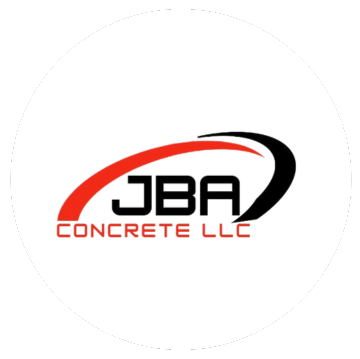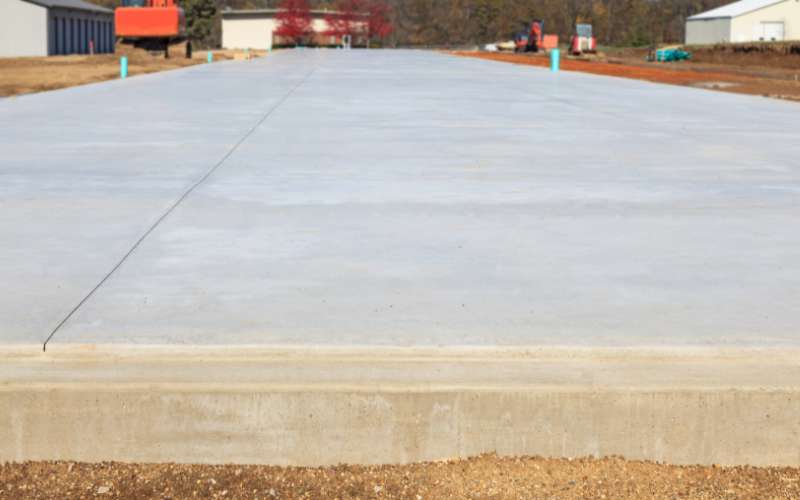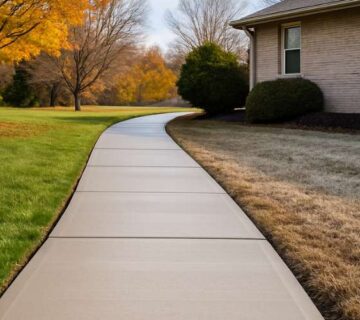Have you ever looked at a plain concrete slab and thought something was missing? Exploring concrete textures: add dimension and style to your surfaces can be the solution you need. Homeowners and designers today want more than just a durable foundation—they want charm, texture, and personality in every detail. Concrete, once viewed as cold and industrial, now plays a central role in outdoor and indoor design thanks to textured finishes. Whether you’re upgrading a driveway, patio, or interior floor, concrete textures bring out the character in every project.
Discover How Concrete Textures Can Redefine Your Living Spaces
Gone are the days when concrete meant dull, gray surfaces with no aesthetic value. Now, exploring concrete textures: add dimension and style to your surfaces opens the door to creative, functional, and stylish upgrades. Texture not only changes how concrete looks, but also how it performs—adding grip, hiding wear, and creating visual interest. Whether you’re aiming for rustic charm or modern elegance, concrete textures offer flexibility to match any design preference and bring your space to life with character and charm.
Why Concrete Textures Matter
The surface of your concrete has more impact than you might think. While smooth concrete might seem sleek at first, it often becomes slippery or prone to cracks in areas with frequent use or weather exposure. On the other hand, textured concrete provides both visual interest and practical benefits. It adds friction for safer walking, especially in outdoor areas or around pools, and helps mimic the look of natural materials like wood or stone. This added personality not only boosts your home’s curb appeal but also enhances safety and long-term value.
Popular Types of Concrete Textures
When exploring your options, you’ll discover that different types of concrete textures cater to different needs and aesthetics. One of the most popular options is stamped concrete. This type uses rubber molds to imprint patterns that resemble brick, stone, or even wood. It’s a favorite for patios, pool decks, and entryways because it combines durability with stylish flair. Another widely used texture is exposed aggregate, which reveals the decorative stones and pebbles within the concrete. This method gives a natural, slip-resistant finish that’s perfect for driveways and walkways. A simpler yet effective option is the broom finish, which involves dragging a broom across the surface before it sets. This creates subtle lines that improve grip and give a clean, functional look—ideal for garages, sidewalks, and ramps.
Where to Use Textured Concrete
The beauty of concrete textures lies in their versatility. You can apply them to nearly any surface inside or outside the home. For patios, a textured finish adds a sense of warmth and style that enhances your outdoor space and makes it more inviting. Walkways benefit from both the safety and design elements that textured concrete offers. Garage floors can be transformed from boring to bold with a stain or broom finish that resists oil and tire marks. Around pools, textured concrete not only looks elegant but provides much-needed traction to prevent slips. Whether you’re upgrading your front entrance, creating a backyard retreat, or finishing a basement floor, textured concrete delivers both beauty and performance.
How to Choose the Right Texture
Choosing the right texture for your concrete depends on a few important factors, starting with location. Outdoor spaces often require more grip and durability to handle weather and foot traffic, while indoor surfaces can focus more on appearance and comfort. Budget is another key consideration—while stamped concrete offers high-end design options, it tends to be more expensive than basic finishes like broom or float. Additionally, think about how much traffic the surface will endure. High-traffic areas demand finishes that are easy to clean and maintain over time. By working with a concrete specialist, you can find the perfect balance between style, function, and budget that fits your project goals.
Maintenance Tips for Textured Concrete
Keeping your textured concrete looking great is easier than you might think. Regular sweeping helps remove dirt and debris that can dull the finish or create buildup. Every few years, applying a fresh coat of sealant will protect the surface from moisture, stains, and fading, especially in areas with heavy sun exposure or freeze-thaw cycles. Avoid using harsh chemicals that can break down the protective seal and damage the texture. When properly maintained, textured concrete can retain its beauty and integrity for decades, making it a smart and stylish investment for your home.
Creative Concrete Texture Ideas
If you’re looking to add a unique touch to your home, concrete textures offer endless creative possibilities. Consider mixing different textures within one space—for example, combining a stamped border with a broom-finished center on your patio. You can also experiment with color staining to create custom shades that complement your landscaping or home exterior. For interiors, polished concrete can add a sleek, modern feel to living spaces or kitchens. The real benefit of exploring concrete textures: add dimension and style to your surfaces is the freedom to personalize every project while still enjoying the strength and durability that concrete provides.
Ready to Add Texture and Style to Your Concrete?
Exploring concrete textures: add dimension and style to your surfaces by transforming dull areas into vibrant, functional spaces. Whether you’re refreshing your patio or upgrading a walkway, we’re here to help. Contact our team today for expert advice and a free consultation. Let’s bring beauty and strength together in your next concrete project!





No comment